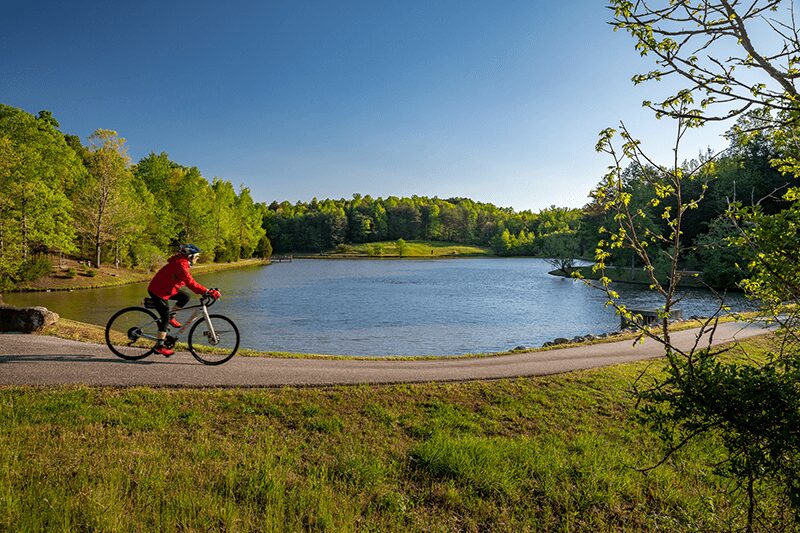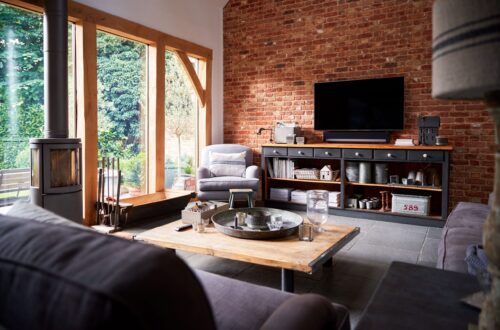So, where are retirees going when they want sunshine, ease of movement, and homes that don’t lose value faster than an old RV in a hailstorm? Here’s your no-fluff answer: they’re heading to places like Sarasota, FL; Scottsdale, AZ; Asheville, NC; and even pockets of California, like Pasadena or Santa Rosa — places with walkable neighborhoods, good weather most of the year, and housing markets that hold their own.
Now, that doesn’t mean every sunny zip code is created equal. A lot of retirees are skipping the usual retirement hubs and looking for that perfect mix: warmer climate, low-maintenance living, a safe area to walk to brunch or the farmer’s market, and a home they won’t regret buying five years from now.
Let’s get into the real-world details, the kind that matter when you’re weighing where to plant your next roots.
What Retirees Care About (Spoiler: It’s Not Just Golf)
Forget the stereotypes. Not every retiree wants to live on a golf course or play shuffleboard under palm trees. Many are more interested in:
- Reliable, sunny weather — not just heat, but consistent, pleasant days
- Being able to walk or bike for daily errands and recreation
- A stable housing market (especially important if retirement funds are tied up in real estate)
- Health care access that’s nearby and solid
- A sense of community — think more local coffee shop than gated compound
You don’t have to sacrifice lifestyle for practicality. But you do have to be realistic about what your money buys in different parts of the country.
Sunbelt Favorites — With a Twist
Sure, Florida and Arizona still draw the crowds. But retirees aren’t just chasing 85 degrees and calling it a day. They’re picking cities and neighborhoods that are pedestrian-friendly, not just hot.
Sarasota, Florida

Sarasota isn’t some sleepy Gulf Coast town anymore. It’s vibrant, artsy, and it doesn’t cook you alive like Miami can in summer. You’ve got the beaches, of course, but also walkable downtowns like Burns Court and Rosemary District. Plus, health care here ranks high — Sarasota Memorial Hospital is one of the top-rated in the state.
Home values in Sarasota have held up well, even with Florida’s boom-and-bust housing cycles. Not cheap, but also not spiraling like South Florida’s more chaotic markets.
Bonus: Florida has no state income tax, which helps stretch a fixed income.
Scottsdale, Arizona

Scottsdale hits the sun quota — no doubt — but it also delivers in other departments. Old Town Scottsdale is walkable, dotted with galleries, restaurants, and boutique shops. There’s a huge wellness culture, golf if you want it, and strong property values.
That said, summers here are brutal. But many retirees are opting for homes with shaded courtyards or access to community pools, or they just travel during peak heat months.
Housing prices have climbed, but they’ve also proven fairly durable in downturns compared to more volatile metro areas.
Underrated but Walkable: Smaller Cities with Big Upside
Not everyone wants Florida or Arizona. Some retirees are choosing less obvious towns where they can walk to the store, actually chat with their neighbors, and still count on their home to hold its value.
Asheville, North Carolina

It’s got the mountains, the food scene, and a historic downtown you can enjoy on foot. Asheville’s appeal runs wide — artists, hikers, beer lovers, and yes, retirees. Even though it’s not your classic “retirement town,” it’s quickly become a go-to for active retirees who like being outdoors but want a livable urban core.
Home values here have remained fairly steady. Prices are creeping up, but it’s still more accessible than coastal hotspots.
Boise, Idaho
Hear me out. Boise isn’t tropical, but it’s sunny, with about 200+ clear days a year, and has become shockingly popular with retirees who want a quieter pace but still want restaurants, culture, and walkable neighborhoods like the North End.
Housing has spiked in recent years, but there’s still long-term value here. And if you’re downsizing from a pricier market, your money stretches a lot further.
West Coast Options (Yes, They Still Exist)
California gets a bad rap for retirees, mostly because of high housing costs and taxes. But parts of the state still check the boxes for walkability, sunshine, and resilient home prices.
Pasadena, CA
Pasadena doesn’t feel like greater Los Angeles — and that’s a good thing. It has its downtown, good public transportation (rare for SoCal), and enough sunny days to satisfy most snowbirds. There’s also top-notch health care and cultural life without the intensity of a big city.
Real estate here isn’t cheap. But values have been historically stable, and for those with equity to work with, it’s a safe bet that keeps paying back in quality of life.
Santa Rosa, CA

Wine country, yes. But also bike-friendly streets, walkable neighborhoods, and a quieter, more relaxed pace than the Bay Area. The downtown area is lively and compact. Plus, you’re within reach of both coastal drives and redwood hikes — not a bad combo.
Housing prices here have rebounded solidly after the early 2020s market shifts, and it continues to attract buyers looking for long-term living, not just investment flips.
Where Walkability Matters More Than You Think
If you’ve ever had to drive 20 minutes for a carton of eggs, you know the value of a neighborhood where you can walk to the store. Retirees are leaning hard into this — not just because it’s more convenient, but because it keeps them healthier and more socially engaged.
Here’s what to look for in a walkable community:
- Sidewalks in good condition — not just painted lines or gravel paths
- Shops and services nearby — grocery, pharmacy, coffee shops within a half-mile radius
- Public transit options — even if you rarely use them, it’s good for long-term independence.
- Parks or open spaces — a place to stretch your legs without needing to drive
- Lighting and safety — especially important for early morning or evening walks
Cities like Boulder, Colorado, and Madison, Wisconsin, also score well here. Neither is tropical, but both offer smart urban planning and a high quality of life for those who like to move under their power.
The “Steady Home Value” Factor
Retirees aren’t just looking for cheap homes — they’re looking for stable homes. A low upfront price doesn’t matter much if the neighborhood is declining or the house drops 20% in value over five years.
Places with strong local economies, limited overdevelopment, and a steady influx of new residents (not just vacationers) tend to fare better. Think university towns, state capitals, or regions with multiple industries.
When you’re buying in retirement, it’s not just about how much you can save on the purchase — it’s also about how well the value holds.
That’s especially important if you’re thinking about leaving a property to your kids, or even selling down the road and using the equity to pay for assisted living, long-term care, or travel.
And speaking of that long-term picture, if you’re weighing whether to sell your current home before relocating, it might help to see how others handled the process. Home-selling companies are often reviewed by retirees looking for a faster, less complicated option. If you’re curious about how that route works, it’s worth taking a look at Gordonbuys homes reviews to get a sense of how the experience has played out for others.
Final Word: You’ve Got Options (Good Ones)
There’s no perfect retirement spot. What matters is finding the mix that works for you. For some, that means beachside in Florida. For others, it’s a mountain town with just enough sun and a short stroll to the local bakery.
The great news? There’s no shortage of places that offer sunshine, walkability, and housing markets with a good track record. And whether you’re handing over your keys to a local buyer or settling into a new place that finally feels like home, the right move, with the right planning, can make all the difference.
Keep it sunny, keep it simple, and don’t settle for a neighborhood that doesn’t let you live the way you want to.



